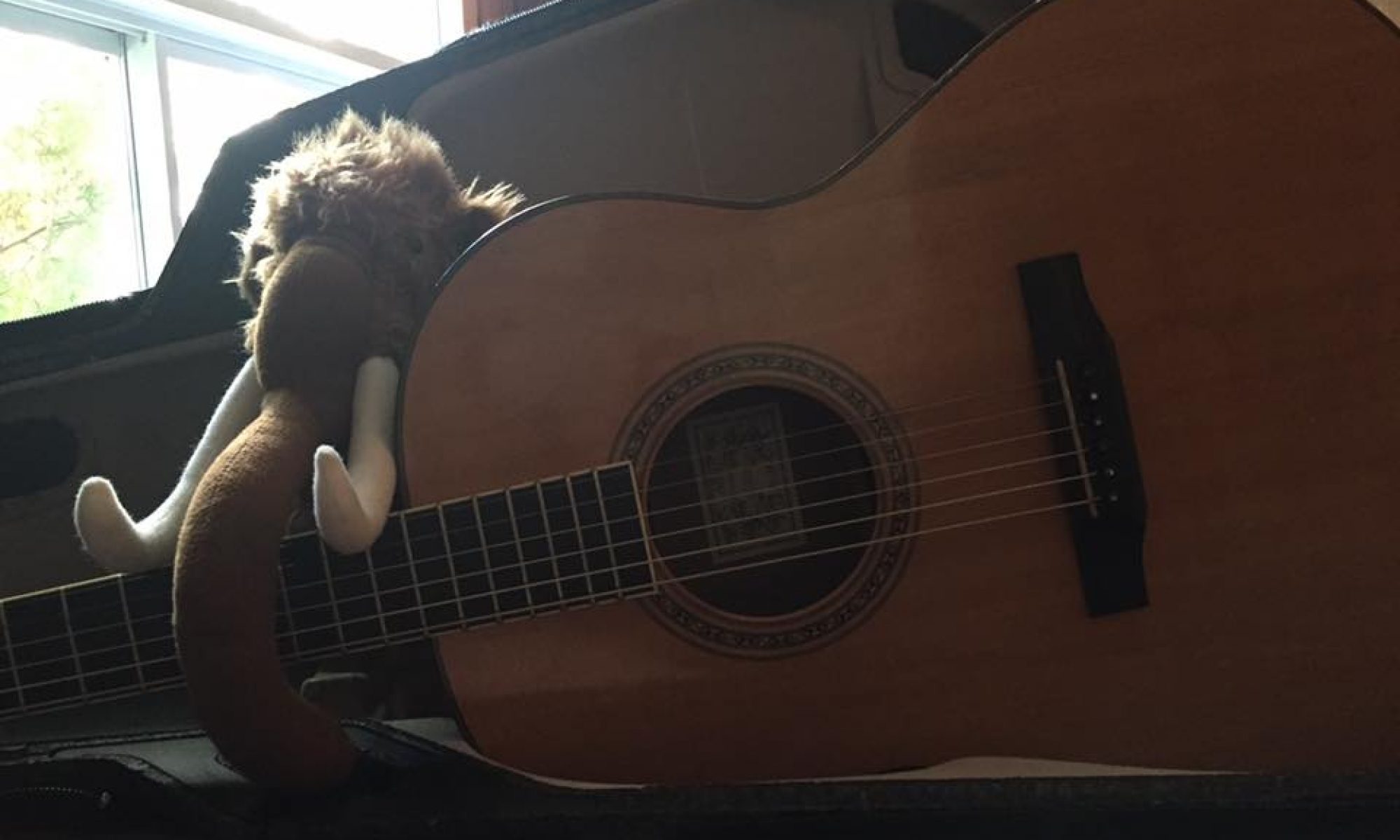- Time practiced: 10 minutes
- Scales practiced:
- One octave G, D, A
- Two octave G
- Arpeggios practiced:
- One octave G, D, A
- Two octave G
- Techniques practiced:
- Trying to avoid having the neck of the instrument resting in the crotch of my hand, and instead supporting it about halfway along my thumb, to improve the reach of my fingers
- Double stops, all open string pairs, in the lower-upper-both pattern
- Double stops, all open string pairs, in the upper-lower-both pattern
- Whistling a tune phrase to get into my head where I want the slurs to fall, so that I can then specifically tell myself where to put the slurs when I’m actually playing the instrument
- Tunes practiced: Feller from Fortune
Main interesting discovery for me in this practice ties back to a thing I discussed with Lisa on my last official lesson, when we played around with La fée des dents and discussed what it does to the tune stylistically, if you start on a down bow vs. an up bow.
I tried the same thing in this practice with the tune Feller from Fortune, focusing on the A part and seeing what it felt like to start on a down bow vs. an up bow. Here, as with La fée des dents, I was intrigued to find that starting on an up bow “felt” easier. More natural. I’m still working on trying to articulate why I get that feeling.
There are several interesting questions to consider here:
- If there are certain note patterns that are just objectively easier to play more smoothly if you bow them in a certain direction.
- What tune you’re playing, and what other ornamentations you want to do on it, I guess? Because if you’re doing slurs in certain places, how does that play into your bow direction choices?
- Is it a purely subjective thing where musician A might find a certain way of playing easier than musician B?
- What actually sounds better for the tune? How does it sound if you play it one way vs. another way?
